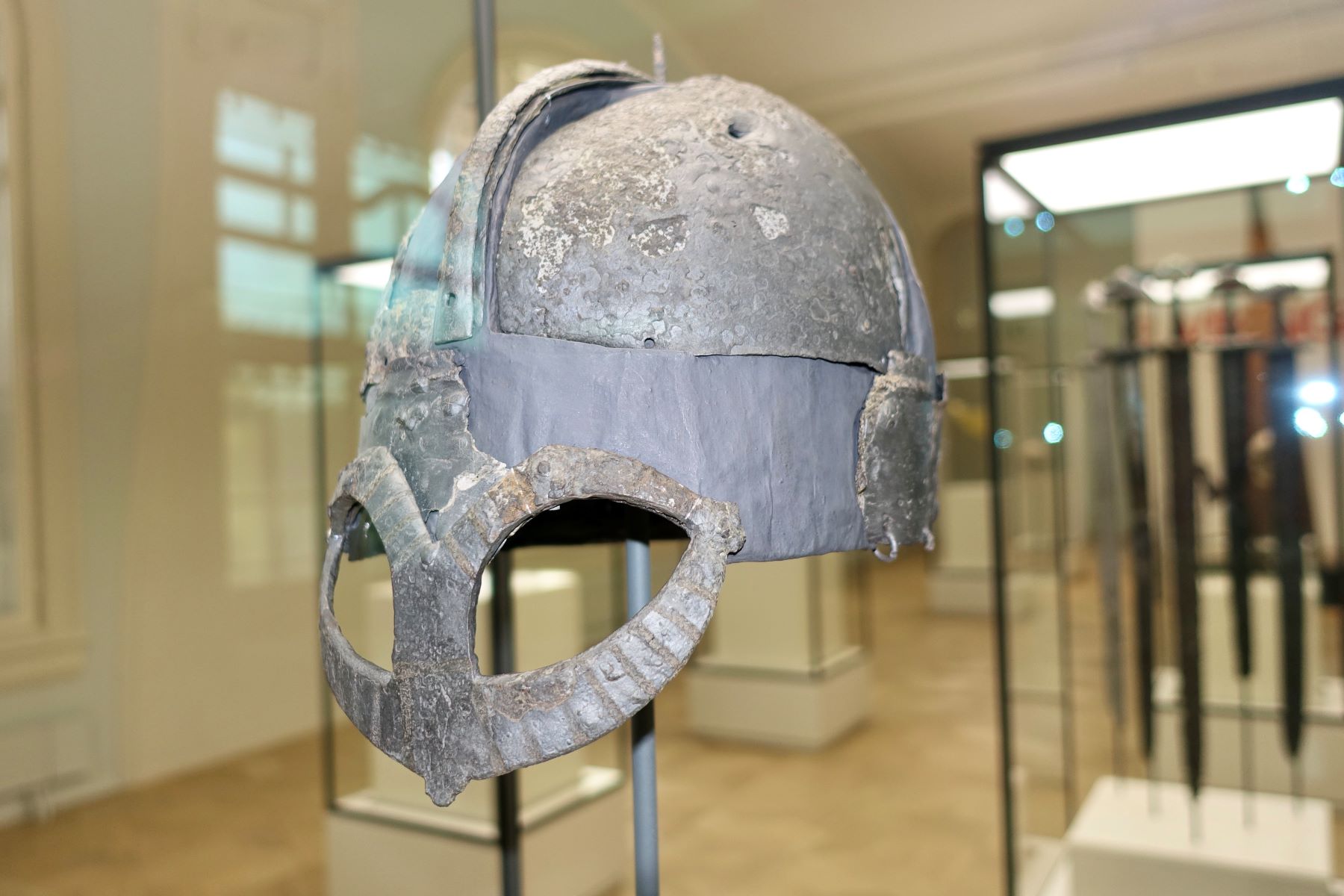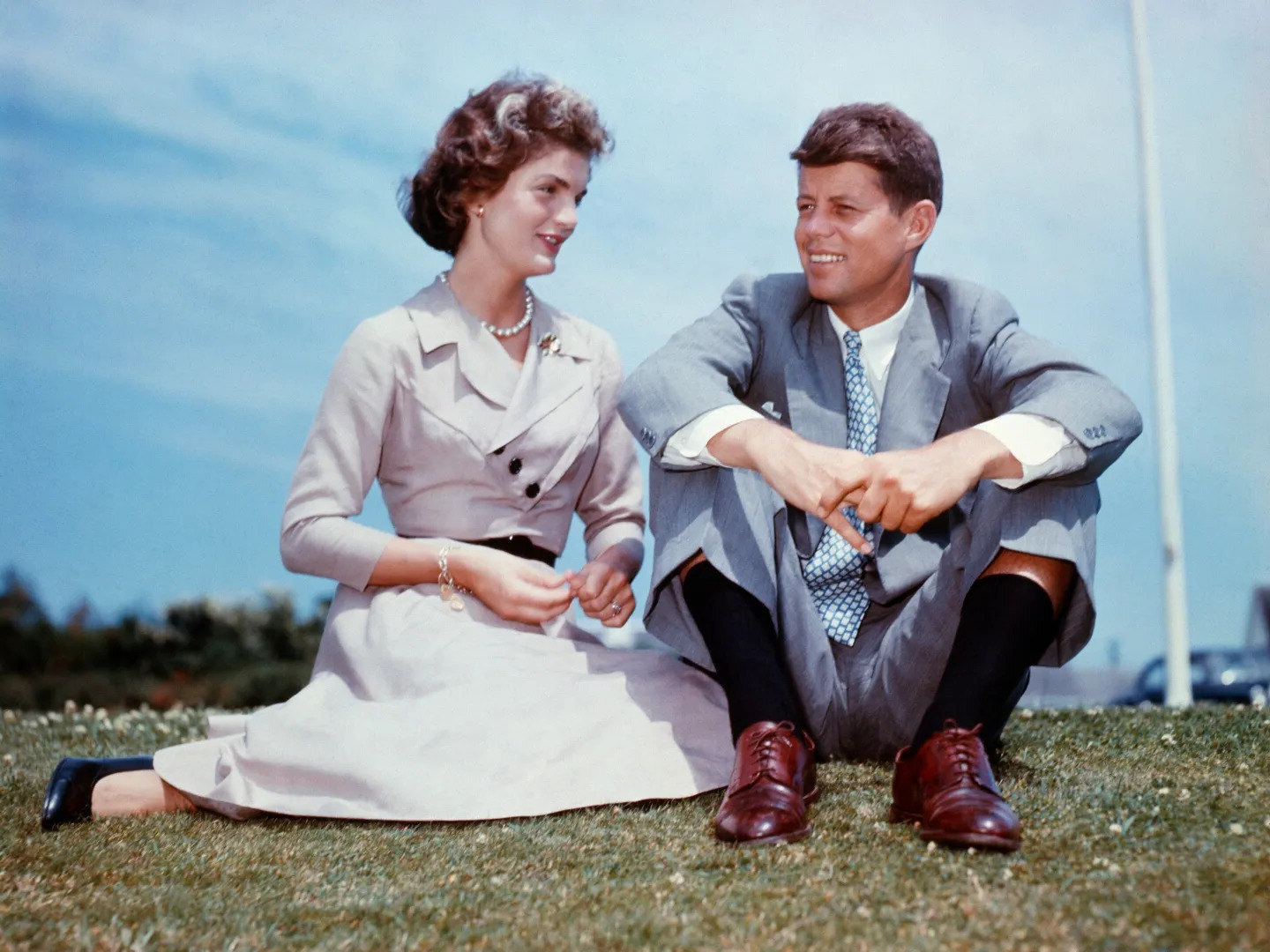
Did Vikings really wear horned helmets? This question has puzzled many history buffs and movie lovers alike. Viking helmets are often depicted with menacing horns, but is this accurate? The truth is, Vikings did not wear horned helmets. This popular image stems from 19th-century artists and costume designers who wanted to create a dramatic and fierce look. Real Viking helmets were practical, made of iron or leather, and designed for battle. They featured a rounded or conical shape to deflect blows. Horned helmets would have been impractical and cumbersome in combat. So, next time you see a Viking with horns, remember it's more myth than reality!
Key Takeaways:
- Viking helmets did not have horns, were made of iron, and were rare artifacts. They provided protection, were a status symbol, and continue to capture imaginations in modern culture.
- Viking helmets were not just for show; they served a crucial role in battle, held cultural significance, and continue to be featured in pop culture, sports, and art.
Viking Helmets: A Closer Look
Viking helmets have fascinated historians and enthusiasts alike. These iconic pieces of armor are often depicted in popular culture, but how much do we really know about them? Let's dive into some intriguing facts about Viking helmets.
-
No Horns: Contrary to popular belief, Viking helmets did not have horns. This myth likely originated from 19th-century romanticized depictions.
-
Material: Most Viking helmets were made of iron, though some were crafted from bronze or leather.
-
Rarity: Only a few Viking helmets have been found by archaeologists, making them rare artifacts.
-
Gjermundbu Helmet: The most famous Viking helmet is the Gjermundbu helmet, discovered in Norway in 1943.
-
Design: Viking helmets typically had a rounded cap with a nose guard for facial protection.
-
Decoration: While not adorned with horns, some helmets featured intricate designs and engravings.
The Functionality of Viking Helmets
Viking helmets were not just for show; they served a crucial role in battle. Here are some facts about their functionality.
-
Protection: Helmets provided essential protection for the head during combat.
-
Nose Guard: The nose guard helped protect the face from blows.
-
Weight: Viking helmets were relatively lightweight, allowing for agility in battle.
-
Visibility: The design ensured that warriors had a clear field of vision.
-
Comfort: Helmets were often lined with leather or cloth for added comfort.
-
Durability: Made from strong materials, these helmets could withstand significant impact.
Cultural Significance of Viking Helmets
Viking helmets were more than just battle gear; they held cultural significance as well.
-
Status Symbol: Helmets were often a sign of status and wealth among Vikings.
-
Burial Practices: Some Viking helmets have been found in burial sites, indicating their importance in Viking culture.
-
Mythology: Helmets were sometimes associated with Norse gods and mythology.
-
Craftsmanship: The craftsmanship of Viking helmets reflected the skills and artistry of the Viking blacksmiths.
-
Trade: Helmets and other armor were sometimes traded, showing the interconnectedness of Viking societies.
Misconceptions About Viking Helmets
Many misconceptions surround Viking helmets. Let's clear up some of these myths.
-
Horns Myth: The idea of horned helmets likely came from 19th-century opera costumes, not historical evidence.
-
Vikings and Helmets: Not all Vikings wore helmets; they were often reserved for the elite.
-
Uniformity: Viking helmets were not uniform; designs varied widely.
-
Hollywood Influence: Movies and TV shows have perpetuated many myths about Viking helmets.
-
Modern Replicas: Many modern replicas are based on these misconceptions rather than historical accuracy.
Viking Helmets in Modern Culture
Viking helmets continue to capture the imagination in modern times. Here are some ways they appear today.
-
Pop Culture: Viking helmets are a staple in movies, TV shows, and video games.
-
Sports Teams: Some sports teams use Viking helmets as part of their branding.
-
Festivals: Viking reenactment festivals often feature replicas of these helmets.
-
Museums: Authentic Viking helmets can be seen in museums around the world.
-
Art: Viking helmets are a popular subject in art and sculpture.
Interesting Tidbits About Viking Helmets
Here are some lesser-known facts that might surprise you.
-
Animal Influence: Some helmets featured designs inspired by animals, such as birds or wolves.
-
Color: Helmets were sometimes painted or adorned with colorful materials.
-
Women Warriors: Evidence suggests that some Viking women may have worn helmets in battle.
-
Helmet Evolution: Viking helmets evolved over time, becoming more sophisticated.
-
Symbolism: Helmets often featured symbols that held meaning for the wearer.
-
Reenactments: Historical reenactments strive for accuracy, often using detailed replicas of Viking helmets.
-
Educational Tools: Viking helmets are used in educational settings to teach about Viking history and culture.
-
Collectibles: Authentic Viking helmets are highly sought after by collectors and historians.
Viking Helmets: The Real Story
Viking helmets have fascinated many, but the truth is often surprising. Forget the horns; real Viking helmets were practical, made for battle. Crafted from iron or leather, these helmets protected warriors during fierce combat. Horned helmets, popularized by 19th-century operas and modern media, are pure myth.
Archaeological finds, like the Gjermundbu helmet, show the authentic design. These helmets had rounded caps and sometimes a nose guard. They were functional, not flashy. Vikings valued practicality over decoration in their gear.
Understanding the real history of Viking helmets helps debunk myths and appreciate the ingenuity of Viking craftsmanship. Next time you see a horned helmet, remember it's more fiction than fact. The real Viking warriors relied on sturdy, hornless helmets to survive and conquer. So, let's celebrate the true legacy of Viking helmets—symbols of resilience and practicality.
Frequently Asked Questions
Was this page helpful?
Our commitment to delivering trustworthy and engaging content is at the heart of what we do. Each fact on our site is contributed by real users like you, bringing a wealth of diverse insights and information. To ensure the highest standards of accuracy and reliability, our dedicated editors meticulously review each submission. This process guarantees that the facts we share are not only fascinating but also credible. Trust in our commitment to quality and authenticity as you explore and learn with us.


